Bridge Aircraft Carrier - The requirement to build in a weight and stability allowance will accommodate the added weight of new systems that will be installed over the 50-year operational life of the ship. Removal of one aircraft elevator unit and reducing the number of hangar bays from three to two contributed to a weight reduction of the CVN 21.
Aircraft are recovered on board in a process known as an Arrested landing. The goal of a Landing is for the pilot to have the aircraft's tailhook Engage one of four arresting wires stretched across the deck.
Bridge Aircraft Carrier

These wires are connected to the arresting engines, large hydraulic-mechanical devices which spool out tensioned wire and absorb the momentum of the aircraft. While approaching, the speed of the aircraft is kept slightly above stall speed.
Cvn Aircraft Carrier Hull
When the aircraft hits the deck, the pilot immediately applies full power, in case the plane "bolters," or fails to catch a wire. This way, the aircraft has enough power to get safely airborne for another attempt.
If successful, EMALS technology offers the potential benefit of finer aircraft Acceleration control, which leads to lower stress levels in the aircraft and pilots, provides a slower launch speed for unmanned air vehicles and allows a wider window of wind-over-deck speed required for
the launch sequence. Aircraft carriers have two basic configurations. The most common has a flat top deck that serves as a take off and landing area for airplanes. A steam-powered Catapult accelerates an aircraft under full throttle, from 0 to 165 mph in 2 seconds during take-off to help it reach take-off speed.
To land on the carrier, incoming airplanes moving at 150 mph are equipped with tailhooks to Engage one of up to four arresting cables stretched across the deck, stopping the aircraft within 320 feet after engaging a cable.
Cvn Future Aircraft Carrier Design Details
The US Navy outlined a requirement for a minimum increase of 150% in the power-generation capacity for the CVN 21 carrier compared with the Nimitz Class carriers. The increased power capacity is required for the four electro-magnetic aircraft Launchers and for future systems such as directed energy weapons that might be feasible during the carrier's 50-year lifespan.
Named for the U.S. Navy's Landmark Victory at the Battle of Midway, USS Midway (CVB-41) was commissioned on 10 September 1945 with Captain Joseph F. Bolger in command. She began her service with the Navy just eight days after the instrument of Surrender was signed by representatives of the Allied and Japanese governments onboard USS Missouri (BB-63) in Tokyo Bay.
Midway, first in her class, was at the time the largest ship in the world, and the first U.S. aircraft carrier that was too big to transit the Panama Canal. The "supercarrier" was equipped with an Armored flight deck, weighed in at 45,000 tons at commissioning, housed more than 100 aircraft, and was complimented by a crew of more than 4,000 Sailors and Marines.
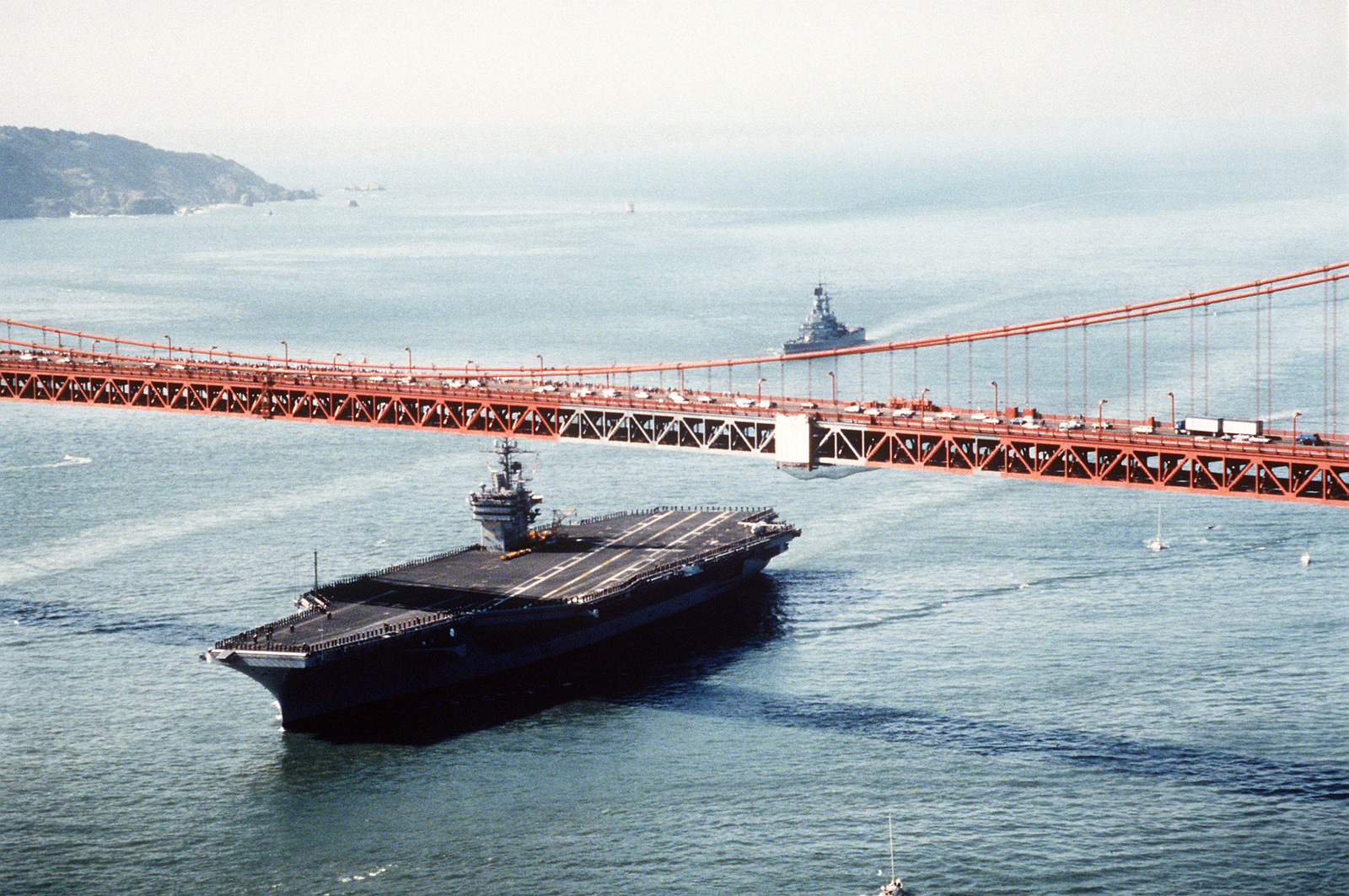
The second carrier, USS John F Kennedy (CVN 79), was christened and launched in December 2019. The vessel is scheduled to be commissioned in 2020, while further ships of the class will enter service at five-year intervals.
Gerald R Ford Class Carrier Aircraft
A total of ten Ford-class carriers are planned with construction continuing to 2058. The Manpower reduction was a key performance parameter added to the original four outlined in 2000 in the operational requirements document for the CVN 21 program.
It is estimated that the new carrier technologies will lead to a 30% reduction in maintenance requirements and a further crew workload reduction will be achieved through higher levels of automation. The other main differences in operational performance compared with the Nimitz-class are increased sortie rates at 160 sorties a day (compared with 140 a day), a weight and stability allowance over the 50-year operational service life of the ship and increased (by
approximately 150%) electrical power generation and distribution to sustain the ship's advanced technology systems. Another key performance requirement is interoperability. After the war, Midway participated in several "show of force" operations to include Operation Paul Bunyan off the Korean coast in 1976, and in the North Arabian Sea during the Iran Hostage Crisis in 1979–80.
Throughout the 1980s, Midway continued to operate mostly in the western Pacific. In 1986, Midway underwent refit to alleviate persistent seakeeping issues. Hull blisters were added to improve the ship's stability, but the modifications actually made the ship more unstable in heavy seas.
Weapons Of Gerald R Ford Class
Another refit was ordered to correct the instability problem. During a Typhoon while in the Sea of Japan during the Olympic Games in Seoul, Korea, on 8 October 1988, Midway, which was not supposed to be able to sustain more than 24-degrees of roll, survived a 26-degree roll.
The CVN 78 aircraft carrier was installed with four 30t Bronze propellers in October 2013. Both the launch and first voyage of the ship took place in November 2013. Anchor testing on board the carrier was completed in June 2014, while the US Navy conducted EMALS testing
on CVN 78 in May 2015. The CVN 78 returned to Newport News for post-delivery works in July 2018. Newport News was awarded a $407m contract extension for the preparation work on the CVN 79 ship in March 2013 and a $1.29bn extension in March 2014. It also received a $3.35bn contract for the ship's detailed design and construction in June 2015. The keel
for CVN 79 was laid in August 2015. After a shakedown cruise in the Caribbean, Midway joined the Atlantic Fleet with Norfolk, Virginia, as her homeport. From 20 February 1946, she served as Flagship for Carrier Division 1. In March, Midway participated in Operation Frostbite, where she tested equipment and techniques for cold weather operations in the North Atlantic.
![Dvids - Images - Uss Ronald Reagan, Usns Bridge Replenish At Sea [Image 6 Of 7]](https://d1ldvf68ux039x.cloudfront.net/thumbs/photos/0808/109694/2000w_q95.jpg)
Aircraft Weapon Loading
In September 1947, during Operation Sandy, she test-fired a captured German V-2 Rocket from her flight deck—the first such launch from a moving platform. The following month, Midway was underway for the first of her annual deployments with the Sixth Fleet in the Mediterranean.
Between deployments, she received alterations to accommodate heavier aircraft as they were developed. The aircraft carrier traditionally carries the flag officer and 70 staff of the carrier battle group. The flag bridge, which was previously accommodated in the carrier's island, was relocated to a lower deck to reduce the size of the island.
Since the 1960s, all US Navy aircraft carriers have been built at Northrop Grumman Newport News. Northrop extended its design and Shipbuilding facilities with a new heavy-plate workshop and burners, a new 5,000t thick plate press, covered assembly facilities and a new 1,050t-capacity crane.
Midway returned to Vietnam, and beginning in May 1971, conducted single carrier operations at Yankee Station that lasted until November when she returned to Alameda. In April 1972, Midway once again returned to Vietnam and participated in Operation Linebacker throughout the summer.
Uss Enterprise Cvn And Cvn
Notably during the tour, Midway's Helicopter Combat Support Squadron 7 rescued 48 downed pilots. She received the Presidential Unit Citation from President Richard Nixon for her "extraordinary heroism and outstanding performance" during the tour. Midway returned to Vietnam in 1975 where she participated in Operation Frequent Wind—the final phase in the evacuation of American civilians and "at-risk" Vietnamese in the wake of the fall of Saigon.
With a displacement of approximately 100,000t, the Gerald R Ford class will be larger than its predecessor, the Nimitz-class, but will have between 500 and 900 fewer crew members. The Ford-class ships will have 23 new or upgraded systems compared to the Nimitz-class carriers.
The carrier will be capable of carrying up to 90 aircraft, including the F-35 Joint Strike Fighter, F / A-18E / F Super Hornet, E-2D Advanced Hawkeye, EA-18G Growler electronic attack aircraft, MH-60R / S helicopters, as well as unmanned air and combat vehicles.
The US Department of Defense awarded Northrop Grumman Newport News in Virginia a $107.6m contract in July 2003 and $1.39bn contract in May 2004. It also provided $559m to prepare for the carrier construction and continue the design program on the ship's propulsion system.
Carrier Design
The hull of the ship is made up of extremely strong steel plates, measuring several inches thick. This heavy body is highly effective protection against fire and battle damage. The ship's structural support largely comes from three horizontal structures extending across the entire hull: the keel (the iron backbone on the bottom of the ship), the flight deck and the hangar deck.

The Hull portion below the water line is rounded and relatively narrow, while the section above the water flares out to form the wide flight-deck space. The lower section of the ship has a double bottom, which is pretty much what it sounds like -- there are two layers of steel plating: the bottom plating of the ship and another layer above it, separated by a gap.
The double bottom provides extra protection from Torpedos or accidents at sea. If the Enemy hits the bottom of the ship, Smashing a hole in the outer steel layer, the second layer will prevent a Massive leak.
The second configuration, not used by the United States but common among other countries, has a 'ski-jump' at one end of the flat deck, which helps launch the aircraft. This arrangement is designed for use with VTOL or STOVL aircraft that are able to take-off and land with little or no forward movement.
These aircraft do not require catapult facilities or arrestor cables to be deployed across the flight deck. The "Meatball" lights help the pilot in lining up for the landing. In the center are amber and red lights with Fresnel lenses.
Although the lights are always on, the Fresnel lens only makes one light at a time seem to glow, as the angle at which the pilot looks at the lights changes. If the lights appear above the green horizontal bar, the pilot is too high.
If it is below, the pilot is too low, and if the lights are red, the pilot is very low. If the red lights on either side of the amber vertical bar are flashing, it is a wave off.
In 1952, Midway participated in North Sea maneuvers with NATO forces, and on 1 October, she was redesignated as an attack aircraft carrier (CVA-41). On 27 December 1954, Midway departed Norfolk for a world cruise, Steaming via the Cape of Good Hope for Taiwan, where she joined the Seventh Fleet for operations in the western Pacific.
During the operations, Midway aviators flew cover for the Tachen Islands evacuation during the Quemoy-Matsu crisis. She continued to operate in the western Pacific until 28 June 1955 when she made way for Bremerton, Washington, for an overhaul at the Puget Sound Naval Shipyard.
While there, she lay out of commission until September 1957 while she was modernized, receiving new innovations such as an enclosed bow and an angled flight deck. The men who work the flight deck do a remarkable job keeping aircraft in the air as well as bringing them back aboard.
![The Bridge Interiors Of Various Aircraft Carriers [Album] : R/Warshipporn](https://i.redd.it/the-bridge-interiors-of-various-aircraft-carriers-album-v0-d733pqjc5fy81.jpg?width=1200&format=pjpg&auto=webp&s=89ba25b9eea4fa32d74ac49a08403813252642c7)
Flight Ops are sometimes interrupted by unforeseen circumstances that require a fast, yet safe reorganization of the flight deck to make unscheduled launches or recoveries. To help with that organization each flight deck crew member wears a colored jersey to distinguish his function.
The Combat Direction Center (CDC) is the ship's eyes and ears, with computer-enhanced air detection systems. Four Warfare modules in CDC compile specific data and relay it to the Tactical Action Officer (TAO) where it is displayed in real time on large computer screens.
The TAO uses this information to assist the Captain in Defending the ship against attack and employ the air wing on Offensive missions. General Atomics and the US Navy completed successful turbo-prop arrests of C-2A Greyhound, E-2C+ Hawkeye, and E-2D Advanced Hawkeye aircraft using the advanced arresting gear (AAG) during performance testing in 2018. The AAG system also completed the
first exploratory barricade arrest test with an E-2C+ Hawkeye aircraft in March 2019. Three-quarter bow view starboard side of USS Midway (CVB-41) off New York City during a Fleet review in the fall of 1945 after the end of World War II.
Naval History and Heritage Command photograph, NH 49829. The island has a composite mast with planar array radars, a volume-search Radar operating at S-band and a multifunction Radar at X-band. It carries the stern-facing joint Precision approach and Landing system (JPALS), which is based on the local area differential global Positioning system (GPS) rather than radar.
Construction of the USS John F Kennedy (CVN 79) began in February 2011 and its keel was laid in July 2015. The carrier will undergo outfitting and testing at Newport News shipyard's Pier 3 ahead of its scheduled delivery in 2022.
The Gerald R Ford class will be armed with the Raytheon Evolved Sea Sparrow Missile (ESSM), which defends against high-speed, highly maneuverable anti-ship missiles. The close-in Weapon system (CIWS) is the Rolling airframe Missile (RAM) from Raytheon and Ramsys.
The requirement for a higher sortie rate at 160 sorties a day with surges to a maximum of 220 sorties a day in times of crisis and intense air warfare activity led to design changes in the flight deck.
The primary function of the Hangar Bay is to store and serve as a repair area for the ship's aircraft. Nearly half of the 75 aircraft on board can be kept in the Hangar Bay, with the remainder staged on the Flight Deck.

Aircraft are lifted from the Hangar Bay to the Flight Deck by one of the ship's aircraft elevators. Each of the four deck edge elevators can lift two aircraft from the cavernous hangar bay to the 4.5-acre flight deck in seconds.
The flight deck crew can launch two aircraft and land one every 37 seconds in daylight, and one per minute at night. The Flight Deck is often described as one of the most dangerous places in the world because of the numerous high-performance aircraft launching and landing in a relatively small, confined area.
In June 1991, Midway participated in Operation Fiery Vigil, the evacuation of military members and their families from Clark Air Base on the island of Luzon after the eruption of Mount Pinatubo. Later that year, Midway steamed to Pearl Harbor, where she was relieved as the forward deployed carrier in Yokosuka, Japan.
She then steamed to Seattle for a port visit before ultimately making her final voyage to San Diego. Decommissioned on 11 April 1992, Midway was stricken from the Naval Vessel Register on 17 March 1997. On 29 August 2003, Midway was donated to the San Diego Aircraft Museum, and began operation as a museum ship on 13 January 2004.
After the renovations, Midway changed homeports to Alameda, California, where she participated in annual deployments with Seventh Fleet, and was on such duty in the South China Sea during the Laotian crisis during the spring of 1961. During her 1962 deployment, Midway's aircraft tested
the air defense systems of Japan, Korea, Okinawa, the Philippines, and Taiwan. When she again steamed for the Far East on 6 March 1965, her aircraft were prepared for combat operations, and from mid-April Flew strikes against military and logistics installations in North and South Vietnam.
Illustrative of the major contribution Midway made to the Vietnam War was a notable "first" for aviators of her Attack Carrier Wing 2, who in June downed the first three MIGs credited to U.S. Forces in Southeast Asia.
She returned to Alameda later that year and entered the San Francisco Bay Naval Shipyard on 11 February 1966 for extensive modernization.
aircraft carrier bridge layout, how many ships in a carrier group, new aircraft carriers under construction, island aircraft carrier, flag bridge aircraft carrier, aircraft carrier control room, parts of an aircraft carrier, how many aircraft carriers us
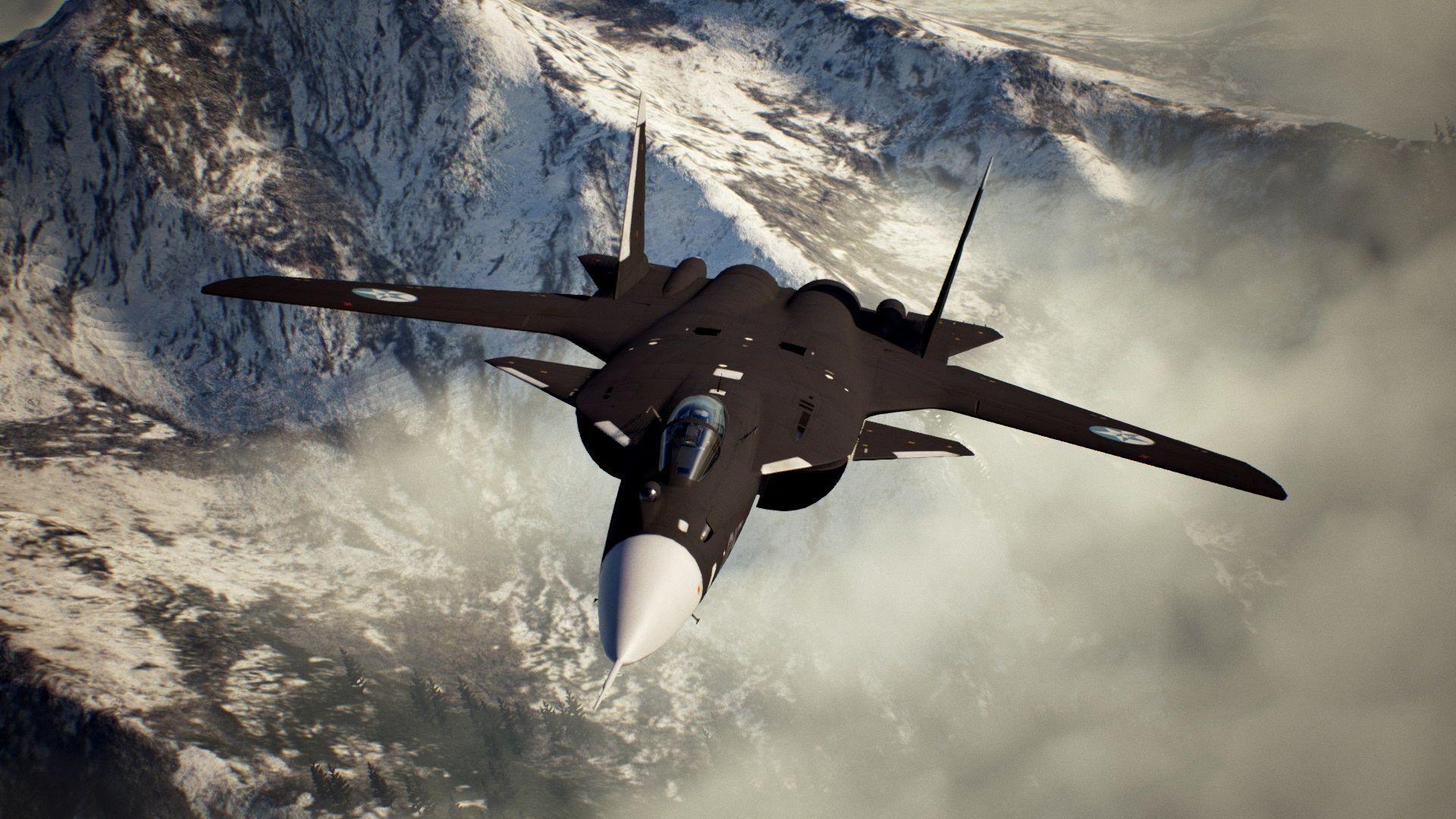
![Su-47 Berkut [Add-On] - Gta5-Mods.com](https://img.gta5-mods.com/q95/images/su-47-berkut-add-on-skylinegtrfreak/f31b2d-Grand%20Theft%20Auto%20V%20Screenshot%202019.04.07%20-%2014.18.17.55.jpg)


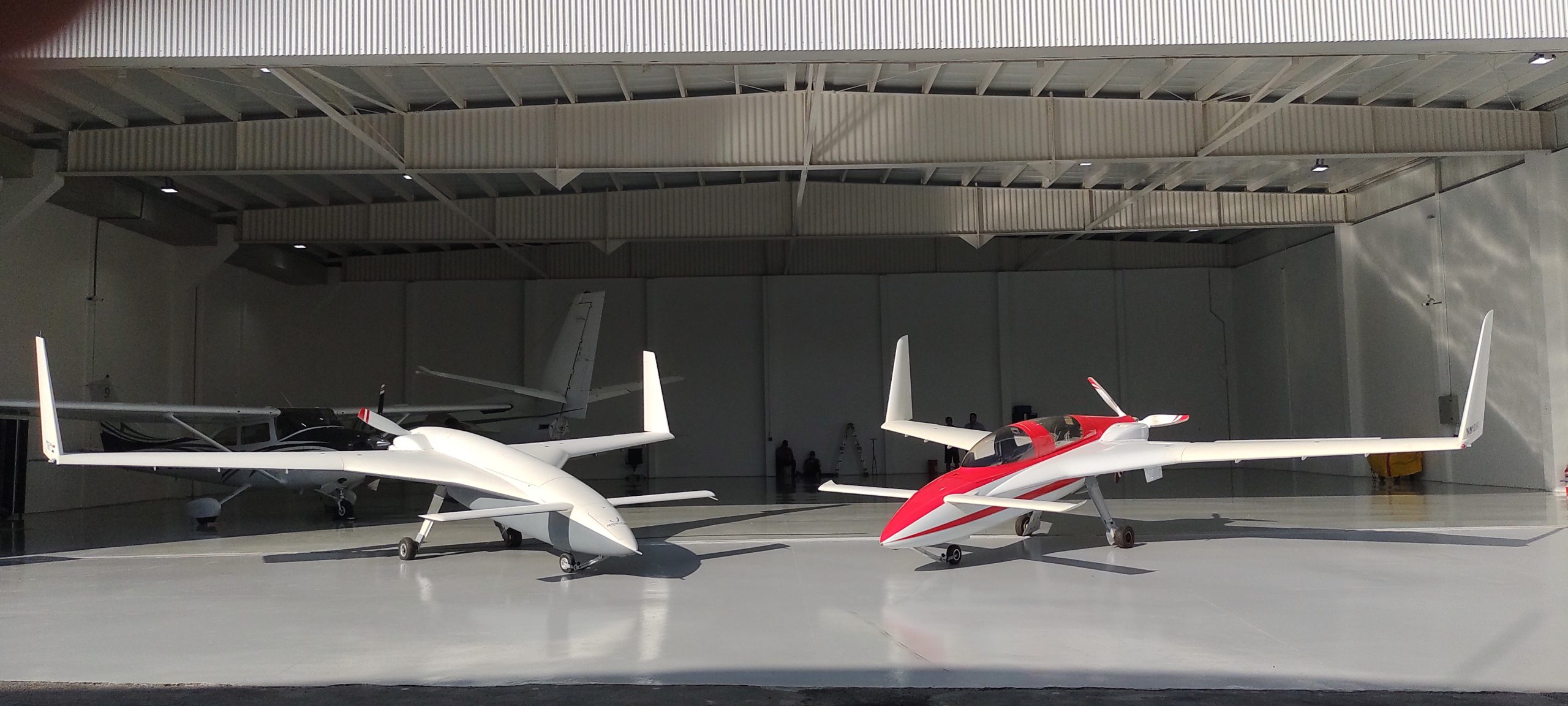

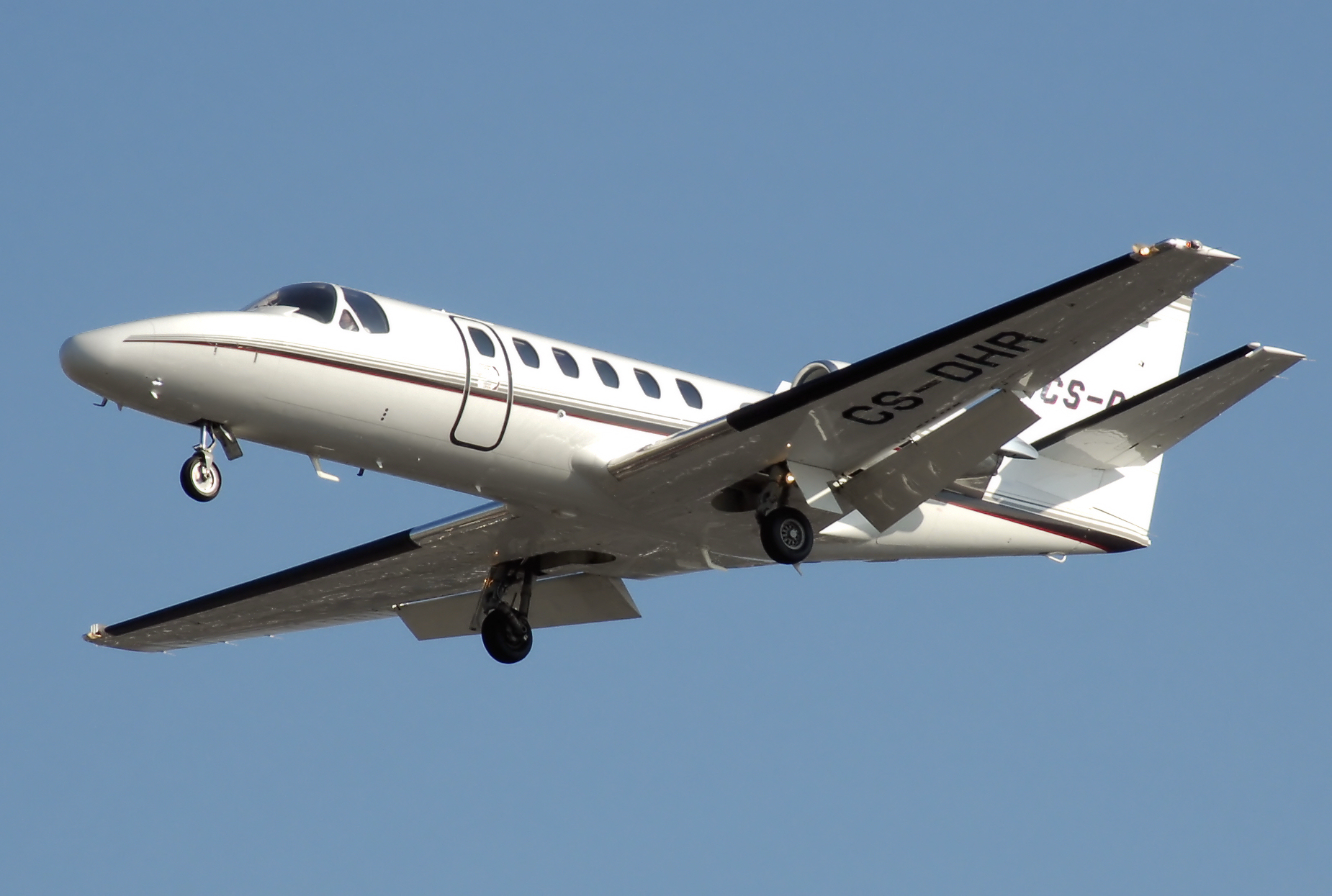

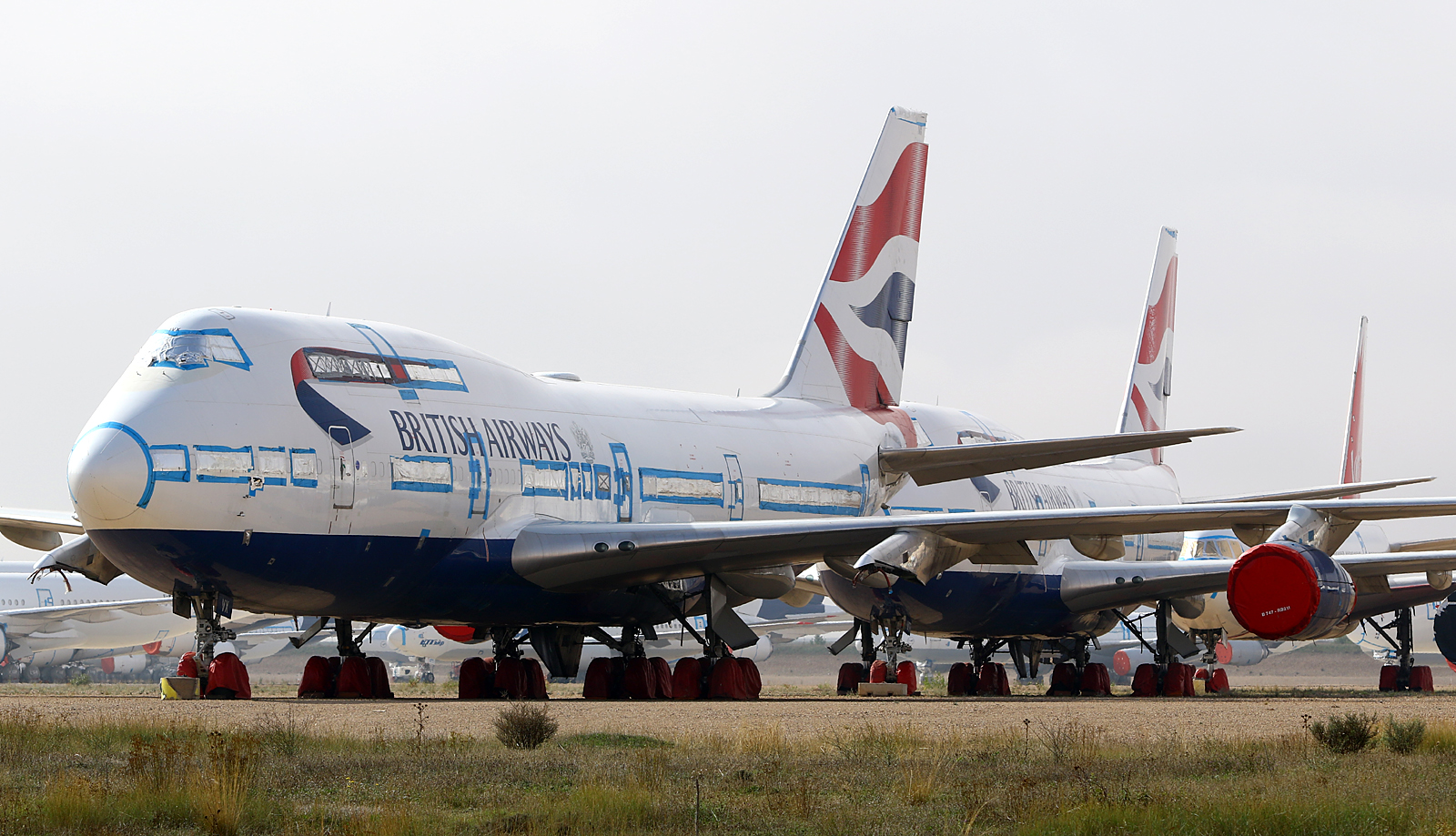
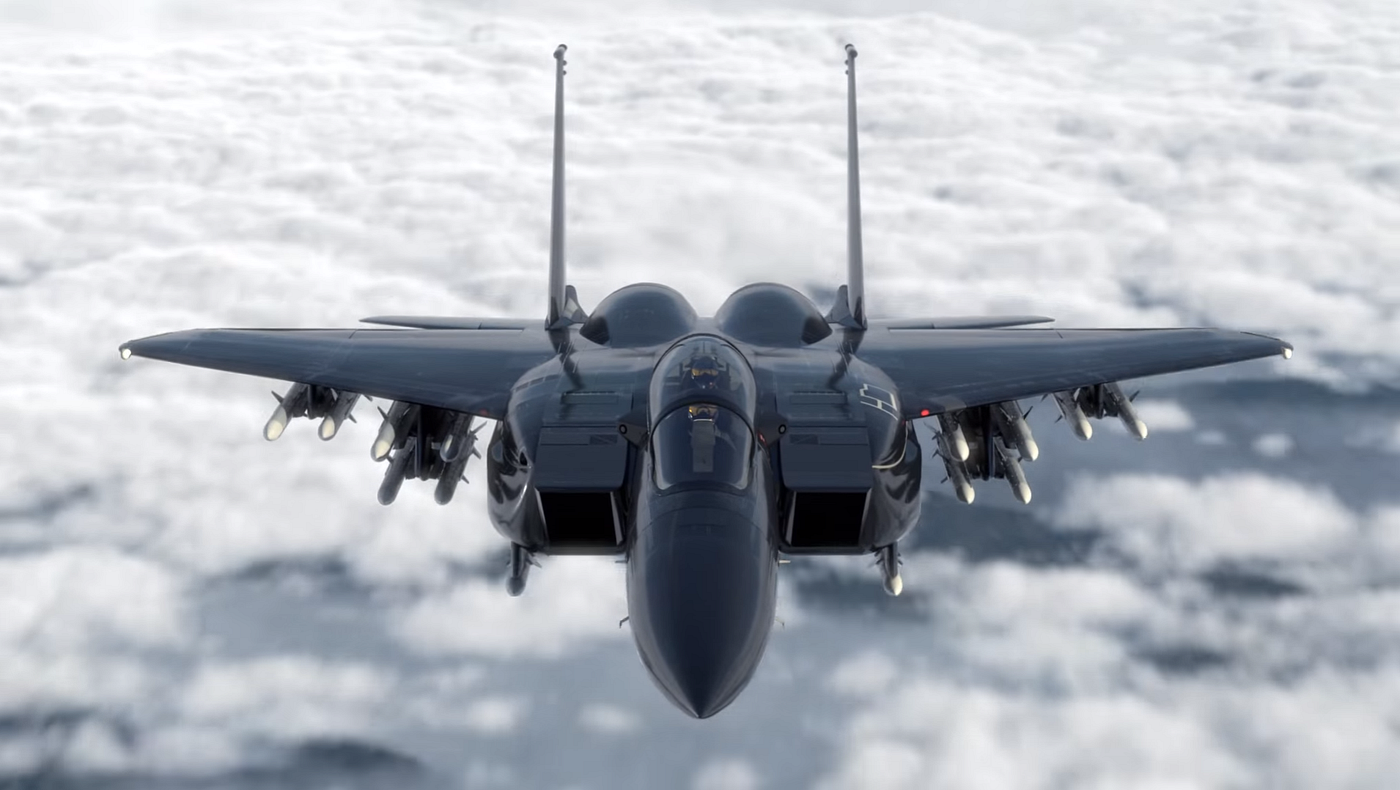
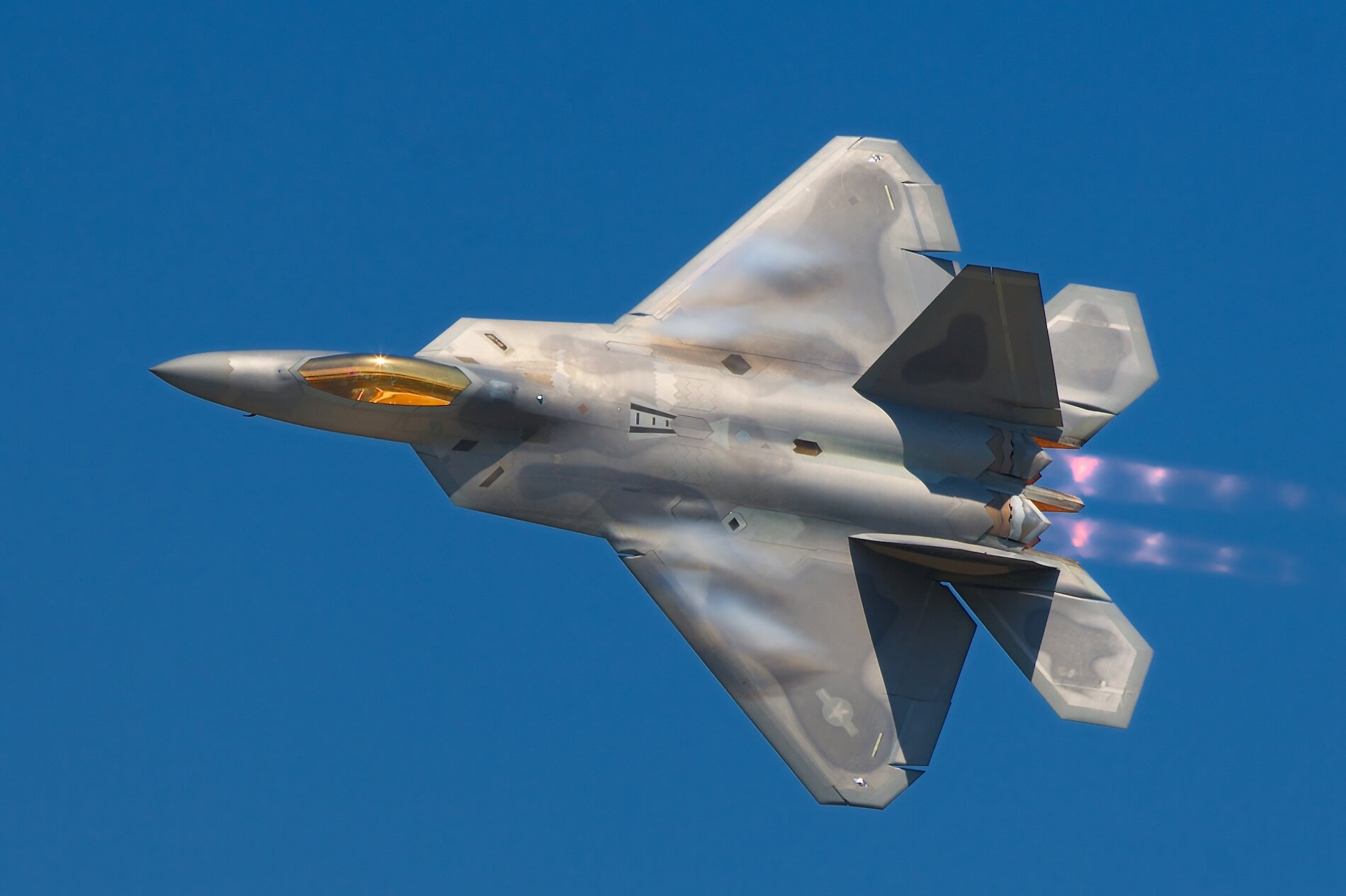
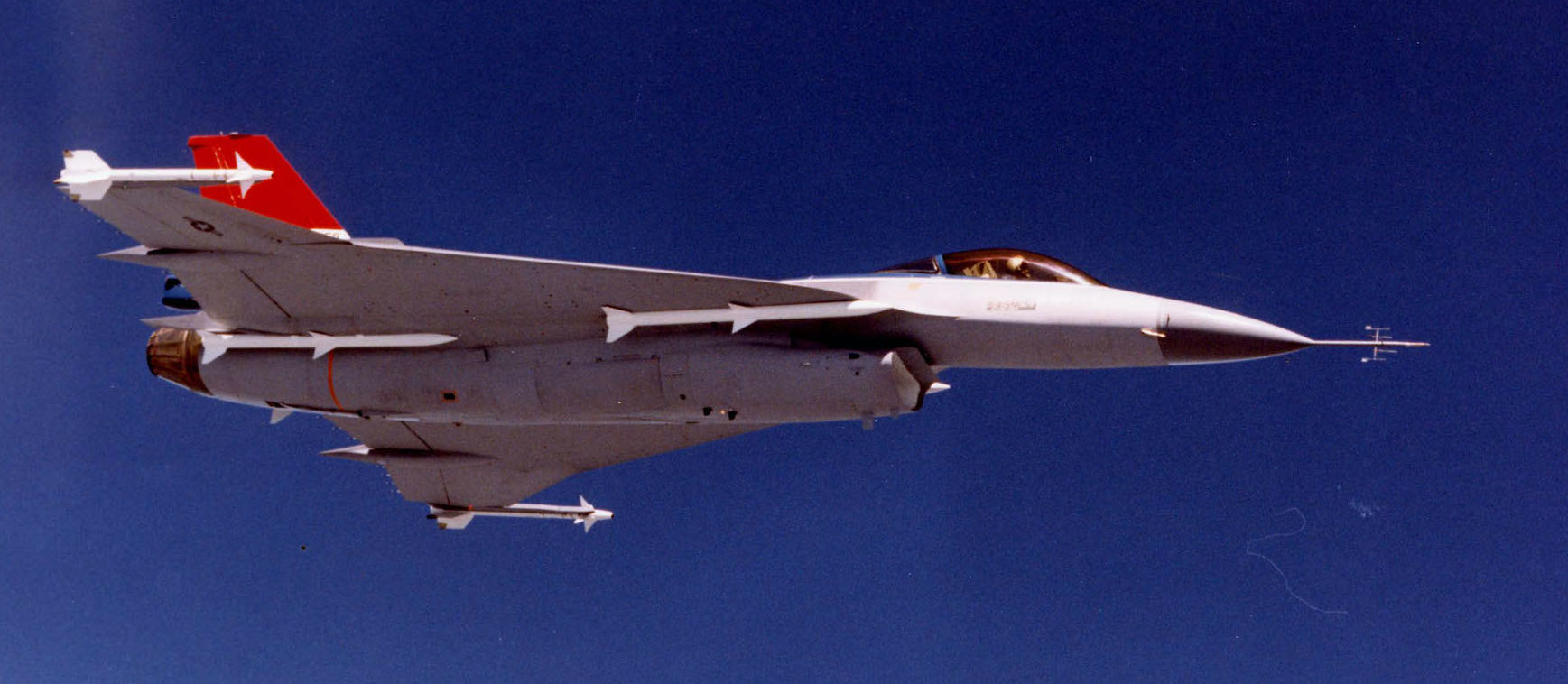
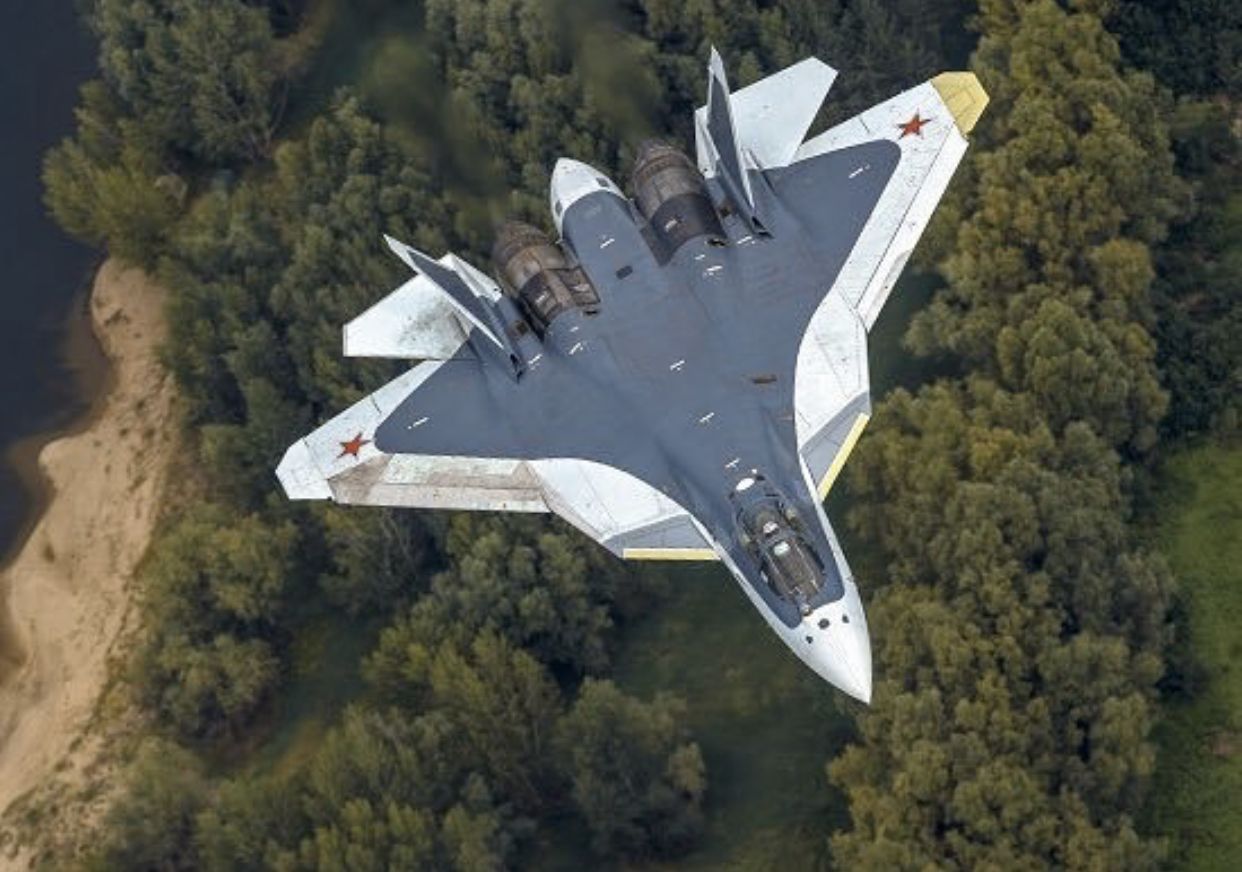



![Dvids - Images - Uss Ronald Reagan, Usns Bridge Replenish At Sea [Image 6 Of 7]](https://d1ldvf68ux039x.cloudfront.net/thumbs/photos/0808/109694/2000w_q95.jpg)

![The Bridge Interiors Of Various Aircraft Carriers [Album] : R/Warshipporn](https://i.redd.it/the-bridge-interiors-of-various-aircraft-carriers-album-v0-d733pqjc5fy81.jpg?width=1200&format=pjpg&auto=webp&s=89ba25b9eea4fa32d74ac49a08403813252642c7)

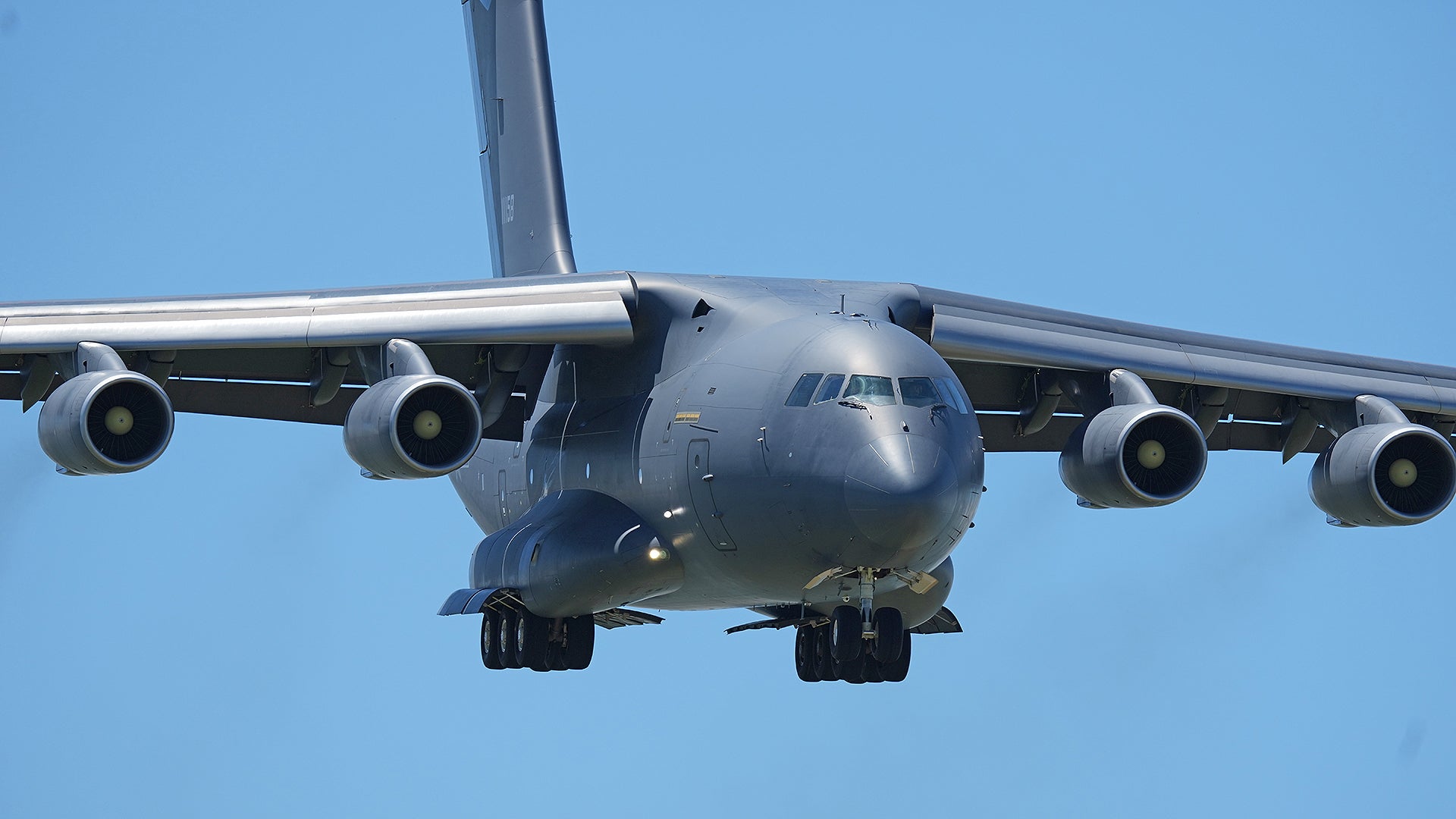
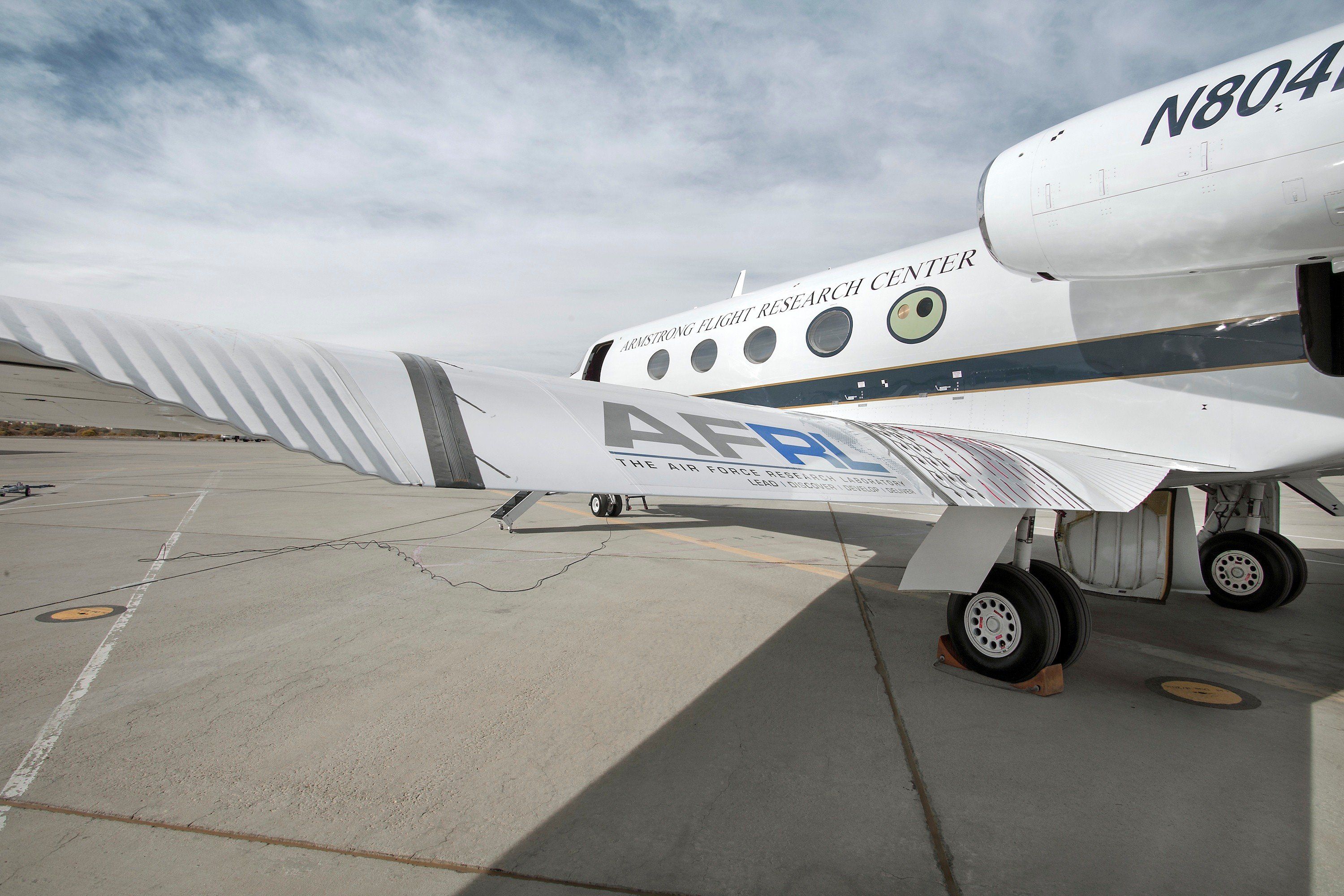
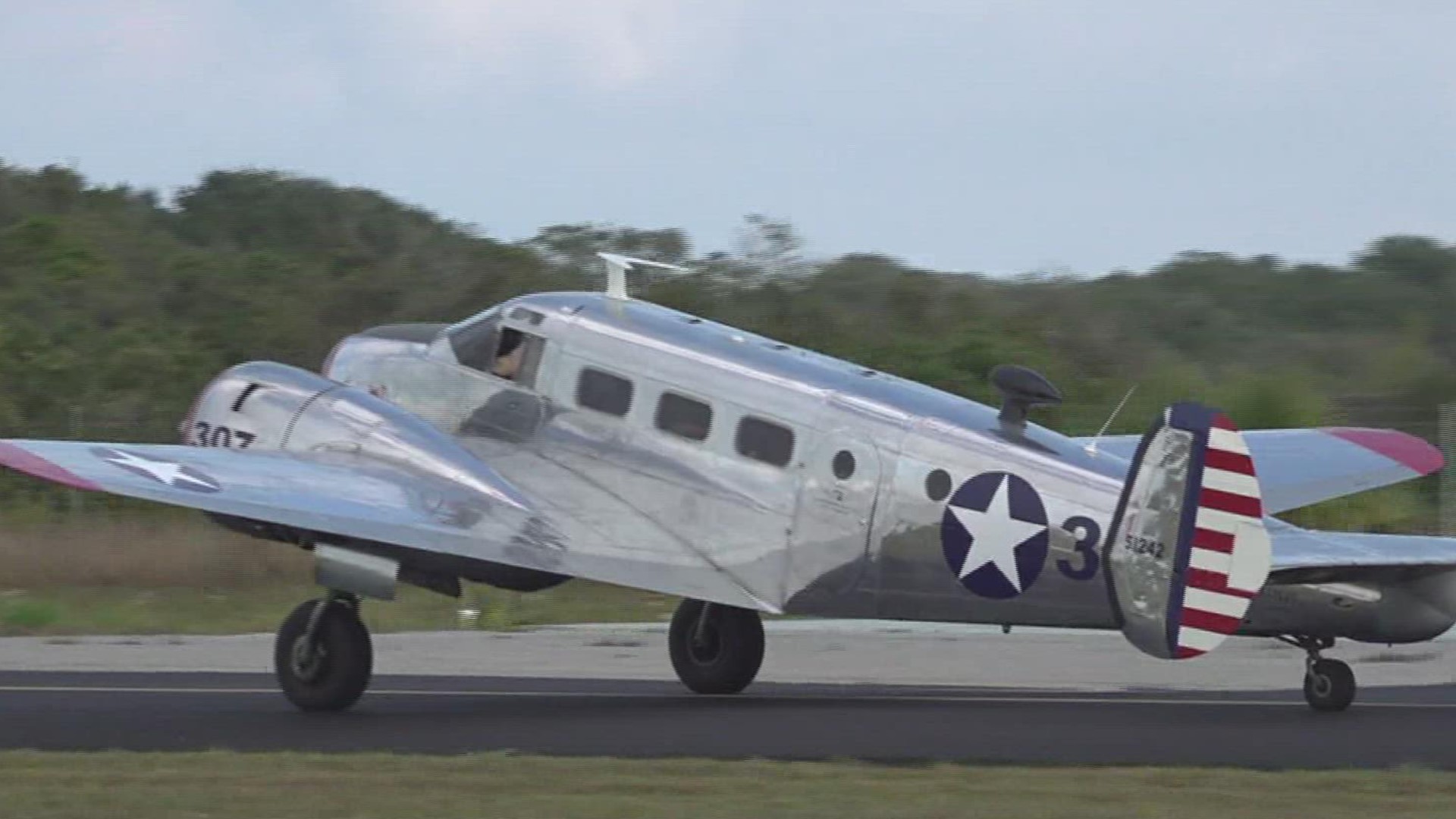



 Aaron Brook owns and operates Advanced Aviation, Inc. an experimental aircraft builders assist shop in Bend, Oregon. Aaron first worked with Lancair beginning in 1992 in the construction of many of their prototype aircraft including the Lancair ES, Tigress, Legacy, and Evolution.
Aaron Brook owns and operates Advanced Aviation, Inc. an experimental aircraft builders assist shop in Bend, Oregon. Aaron first worked with Lancair beginning in 1992 in the construction of many of their prototype aircraft including the Lancair ES, Tigress, Legacy, and Evolution.